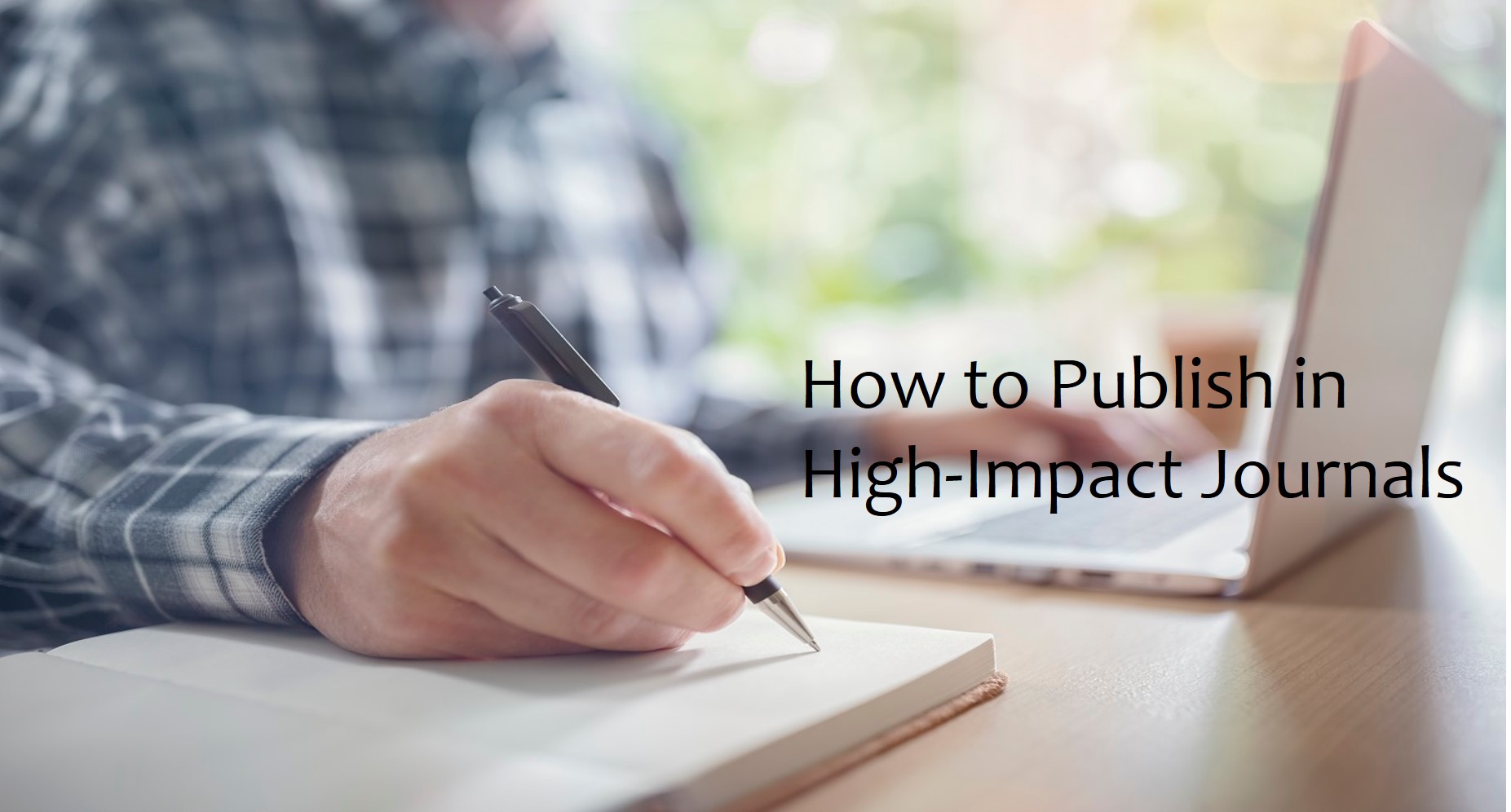How to Publish in High-Impact Journals

About Course
Course Objectives:
If you are a Graduate, Master’s, or PhD scholar from Science Managment or Arts, this will be very helpful guideline along with some key resources
By the end of this course, learners will:
-
Understand what high-impact journals expect in terms of novelty, methodology, and clarity.
-
Learn to design and write a manuscript strategically.
-
Master the peer-review process and how to respond to reviewers.
-
Discover common reasons for rejection and how to avoid them.
-
Get familiar with ethical publishing practices and tools to improve research visibility.
Course Content
Module 1: Understanding the Publishing Landscape
-
Lesson 1: What is a High-Impact Journal?
-
Lesson 2: Impact Factor, h-index, CiteScore – Explained Simply
-
Lesson 3: Types of Journals – Open Access, Subscription, Hybrid
-
Lesson 4: Predatory Journals – How to Spot and Avoid Them
-
Lesson 5: Reputable Indexing Databases (Scopus, PubMed, Web of Science)
Module 2: Choosing a Research Topic That Matters
Module 3: Planning and Designing Your Study
Module 4: Writing the Manuscript
Module 5: Journal Selection and Submission Process
Module 6: Peer Review and Revisions
Module 7: Ethical Publishing Practices
Module 8: Increasing Visibility and Citations
Student Ratings & Reviews

No Review Yet